For precise stage calibration success, you’ll need to: 1) Establish a stable environment with controlled temperature and minimal vibration; 2) Select traceable reference standards with documented uncertainties; 3) Implement multi-point measurement protocols at strategic positions; 4) Thoroughly analyze and document all calibration data; and 5) Monitor accuracy through regular scheduled checks. Following these essential steps guarantees reliable performance, extended equipment lifespan, and ultimately saves you time and resources. The details below offer vital insights for implementation.
Establishing a Stable Calibration Environment
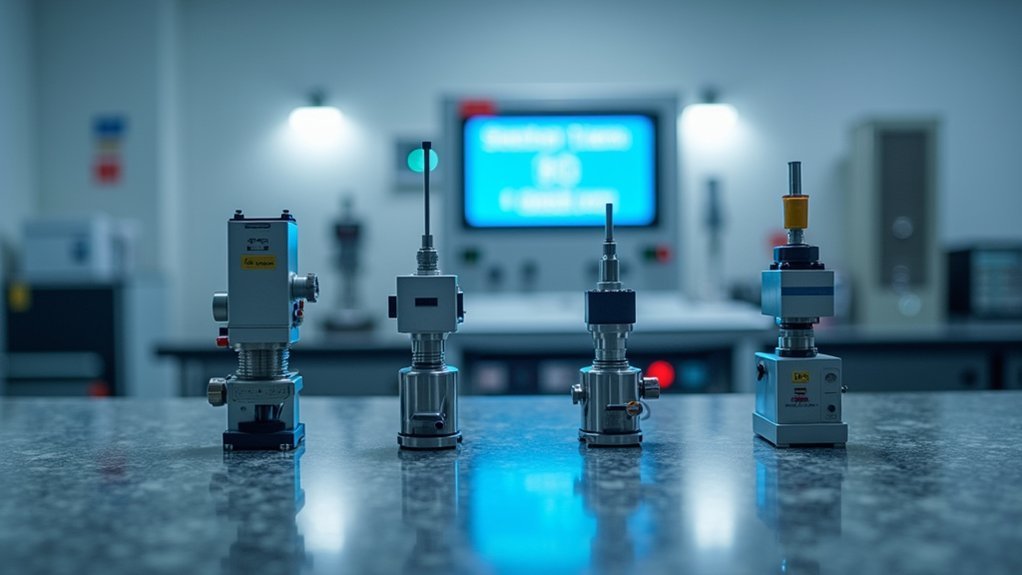
While many technicians focus solely on their equipment, establishing a stable calibration environment serves as the foundation for all accurate measurements. To guarantee accuracy and precision, maintain a controlled room temperature between 20°C and 25°C, preventing material expansion or contraction that could compromise results.
Environmental control isn’t just good practice—it’s the cornerstone of calibration integrity that many technicians overlook.
Implement vibration isolation using specialized tables or pads to shield your calibration process from external disturbances that can skew readings. Monitor humidity levels, keeping them between 30% and 50%, as fluctuations affect both instruments and materials being calibrated.
Don’t overlook proper lighting—avoid direct sunlight and glare that can impair visual accuracy.
Finally, institute dust and particle control measures with air filters and regular cleaning protocols to prevent contamination. These environmental controls aren’t optional extras—they’re essential prerequisites for achieving consistently reliable calibration outcomes.
Selecting Appropriate Reference Standards
The three cornerstones of successful calibration rest on selecting reference standards with impeccable credentials. When choosing your reference standards, prioritize those with clear traceability to national or international measurement authorities, ensuring your calibration procedures maintain credibility and accuracy.
Your reference standards must directly relate to your specific measurement needs—there’s no value in precise humidity standards when calibrating force sensors. Document the uncertainty levels of your known standards, as tighter tolerances translate to more precise results in your calibration efforts.
Don’t set and forget your standards. Regularly verify they remain suitable for your applications, as even excellent references can drift over time.
Implementing Multi-Point Measurement Protocols
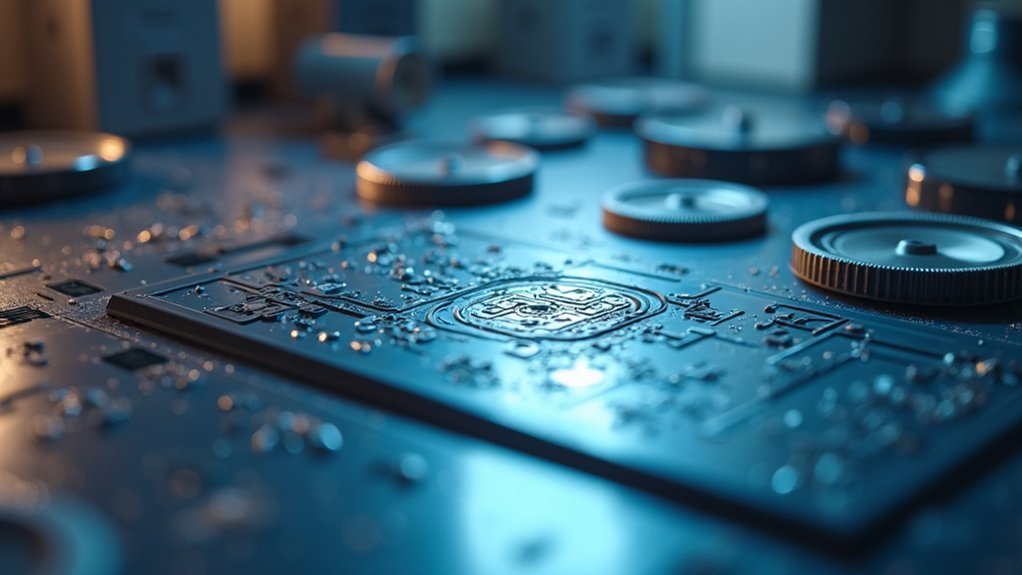
Since reliable stage calibration can’t depend on isolated measurements, implementing multi-point protocols becomes essential for thorough accuracy.
You’ll need to take readings at multiple positions across your stage to identify systematic errors that single-point measurements might miss.
For extensive calibration that meets industry standards, establish at least five measurement points strategically positioned to capture alignment and mechanical inconsistencies. This approach provides calibration data that truly represents your stage’s performance characteristics.
Analyze your multi-point measurements statistically to determine precision and identify outliers that signal potential calibration issues.
Analyzing and Documenting Calibration Data
Once you’ve collected multi-point measurements, proper analysis and documentation of calibration data becomes your next priority.
Compare your readings against calibration standards to identify any deviations that require adjustment. You’ll need to document calibration results thoroughly, including the date, technician name, equipment used, and specific measurements taken.
Implementing Calibration Management Software can streamline this process, ensuring you maintain complete traceability while enhancing data reliability.
Calibration Management Software creates a reliable framework for traceability, simplifying data handling for better outcomes.
Make sure you’re recording all adjustments made during maintenance and calibration sessions in your documentation system.
Review your calibration data regularly to spot trends that might indicate recurring issues.
This proactive approach allows you to adjust your calibration schedule and procedures accordingly, ensuring proper calibration continues over time and preventing potential equipment failures before they occur.
Monitoring and Maintaining Calibration Accuracy
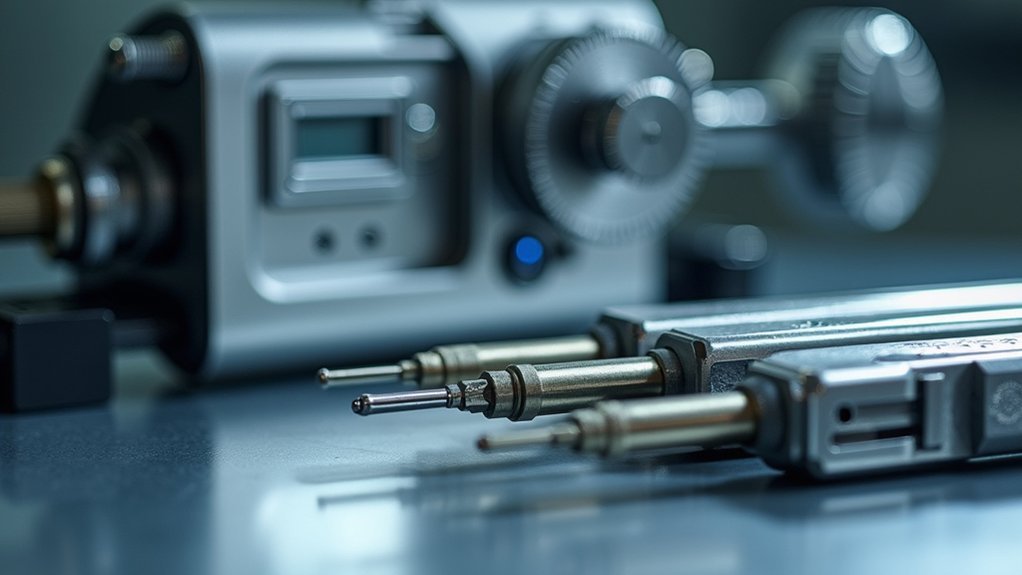
Maintaining calibration accuracy requires vigilant monitoring long after the initial setup process. Your calibration activities should follow a systematic schedule based on equipment usage and criticality, with more frequent checks for precision instruments.
Implementing Calibration Management Software streamlines this process by automating reminders and tracking calibration history.
- Regularly check equipment for drift caused by wear or environmental factors to guarantee it remains properly calibrated.
- Establish a frequency calibration baseline through consistent documentation and analysis of results.
- Conduct periodic reviews of your calibration procedures to identify trends that inform preventative maintenance.
Frequently Asked Questions
What Is the 5 Point Calibration Process?
You’ll measure at five key points across your instrument’s range using certified reference standards. Document your results, analyze deviations, and make adjustments as needed to maintain precision and reliability in your measurements.
What Are the Steps for Calibration?
Calibration involves five key steps: first inspect your equipment visually, then adjust components as needed, verify against standards, document all results thoroughly, and follow established protocols consistently. These guarantee accurate, reliable measurements for your equipment.
How Do You Run a Successful Calibration Session?
To run a successful calibration session, you’ll need thorough preparation, proper equipment inspection, strict adherence to protocols, verification of adjustments, and extensive documentation of results. Don’t skip validation steps against established standards.
What Are the 5 Requirements for Calibration Standard?
You need calibration standards that are: traceable to national standards, part of documented protocols, used in controlled environments, regularly maintained/verified, and supported by thorough documentation of all calibration activities.
In Summary
You’ll find that stage calibration isn’t a one-time task but an ongoing process requiring consistency and attention to detail. By creating stable environments, choosing proper standards, implementing thorough measurement protocols, documenting your results, and maintaining regular monitoring, you’ve built a complete calibration system. Your diligence guarantees reliable, reproducible data that’ll stand up to scientific and regulatory scrutiny.
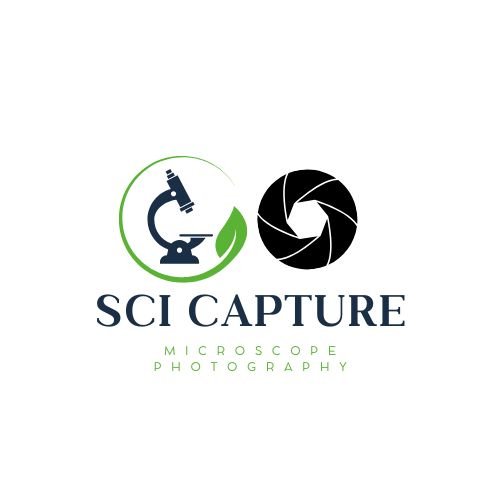

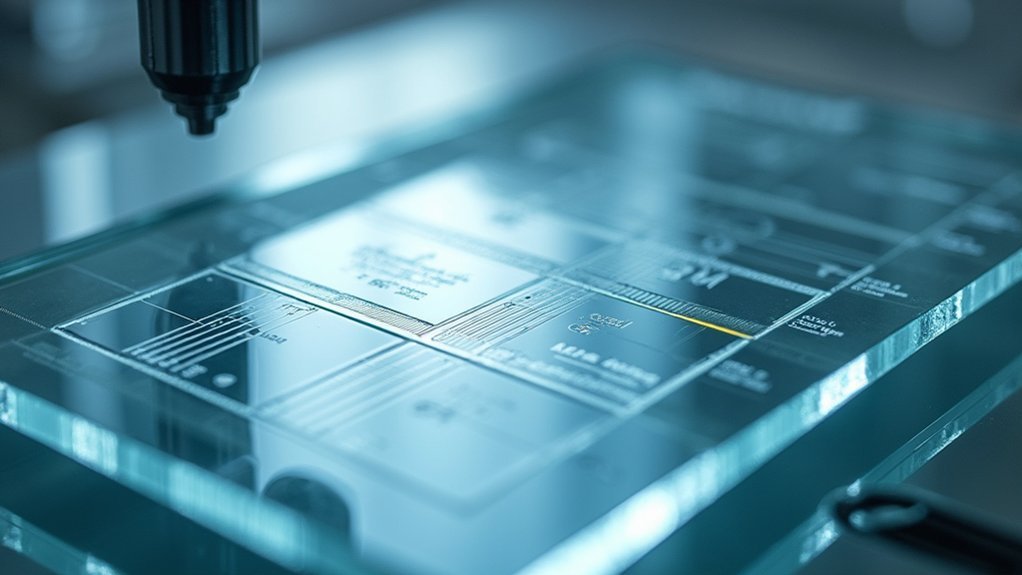
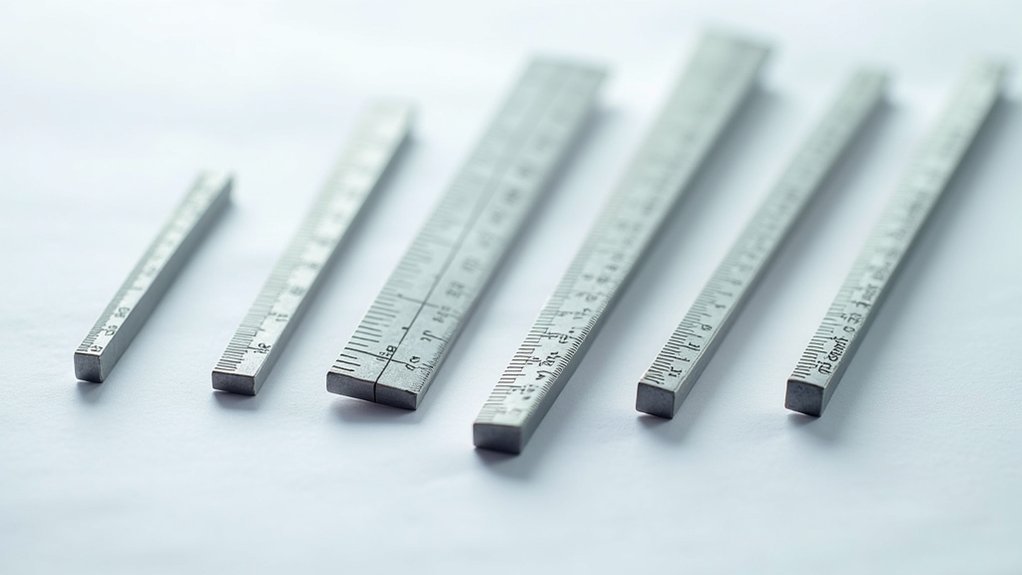
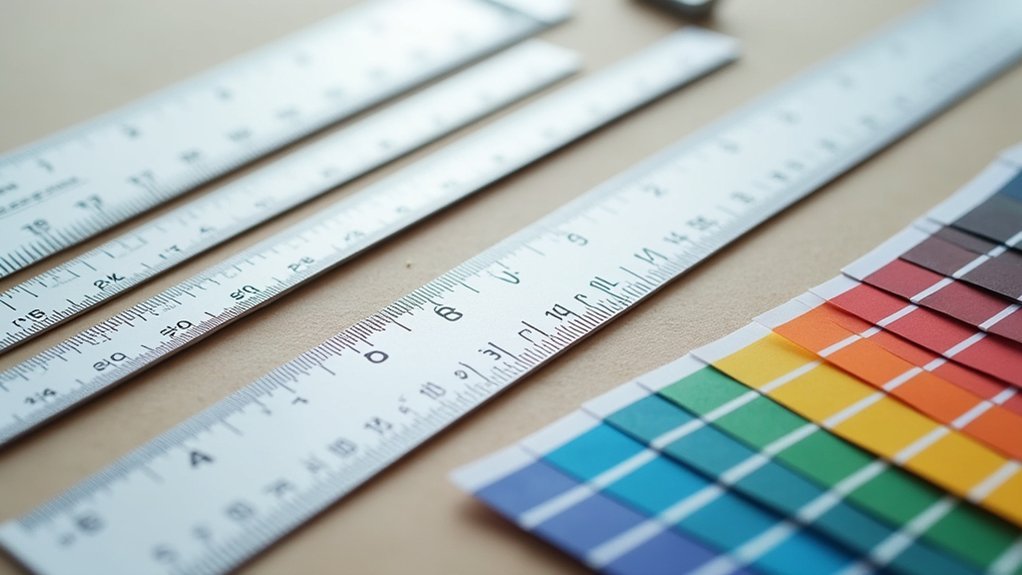
Leave a Reply